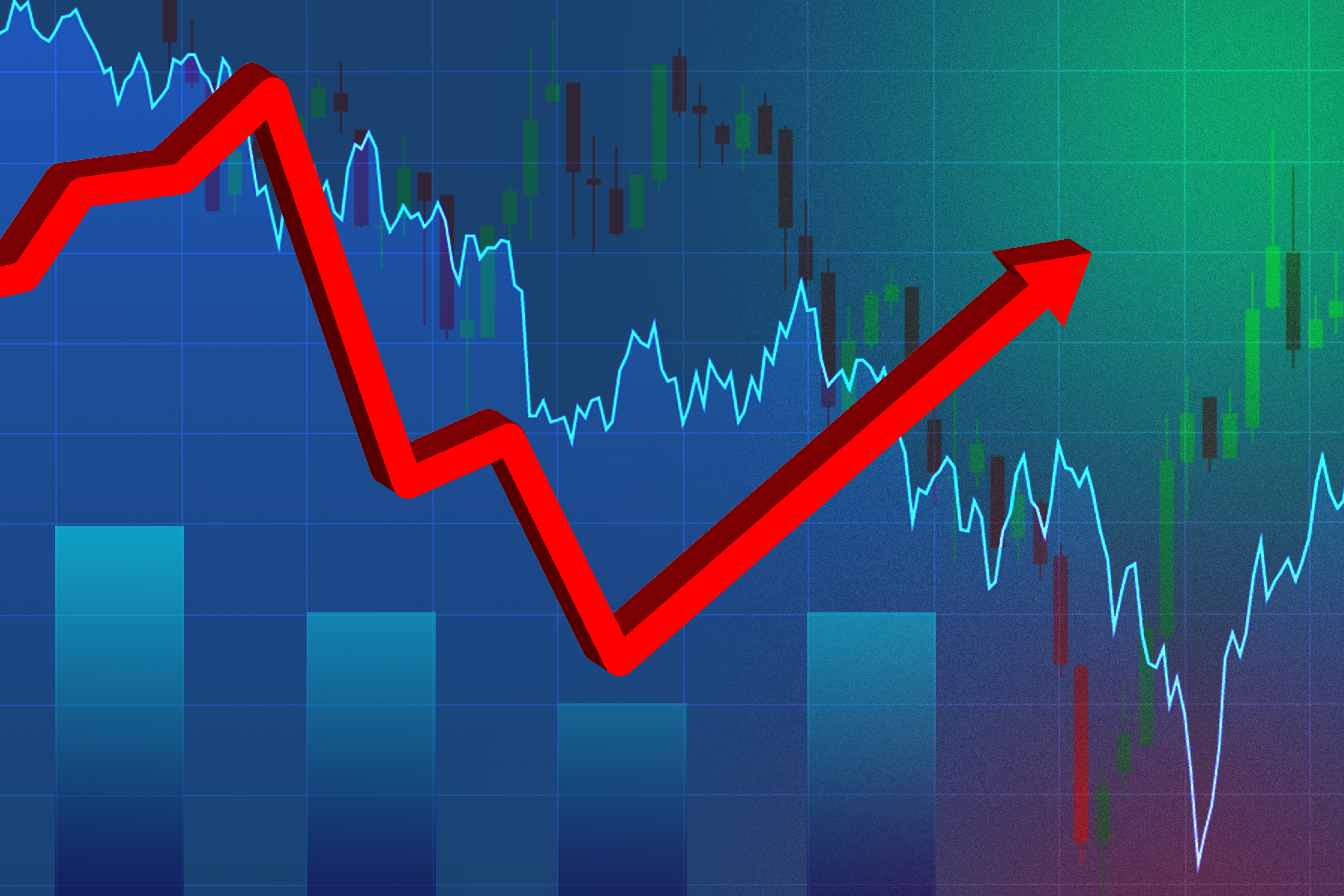Equity markets staged a strong bounce last week, reversing the sizeable declines seen the previous week. Global equities gained 4.5% in local currency terms although are still down 17% from their early January high. The recovery has continued this morning on the back of the strong US performance on Friday.
The rebound has been associated with markets turning a little less pessimistic on quite how far interest rates will have to be raised. And bonds have duly rallied with 10-year US Treasury yields retreating to 3.15% from their mid-month high of 3.5%.
Expectations for further rate hikes had risen sharply following Fed, ECB and BOE action and guidance earlier this month and the latest market pricing seems more appropriate.
Markets are now pricing in rates peaking next year in the US at around 3.5% rather than 4%, and in the UK at 3% rather than 3.5%. Even so, with rates currently only at 1.5-1.75% and 1.25% in the US and UK respectively, they are still assuming considerable further tightening is on the cards.
A larger than expected drop in business confidence in June in the US was partly behind this reappraisal as a sharp slowdown in the economy would mean there is less need for the Fed to jack up rates. Sentiment also disappointed in the Eurozone but held up better than expected in the UK.
Confidence has not yet fallen to levels consistent with recession in any of these regions but the direction of travel is the worry. Indeed, Fed Chair Powell admitted last week that a US recession was certainly a possibility.
The risk of recession is why the recent bounce in equities may well not be sustained, just like the short-lived rebound in mid-May. It is unlikely to be resolved for some time yet quite how severe a slowdown is on the cards and markets should remain jittery as a result.
While global equity valuations have fallen to much more reasonable levels, the consensus still expects high single digit growth in corporate earnings next year. Downward revisions on this front would seem to pose the main risk to markets from here.

Rupert Thompson – Investment Strategist

